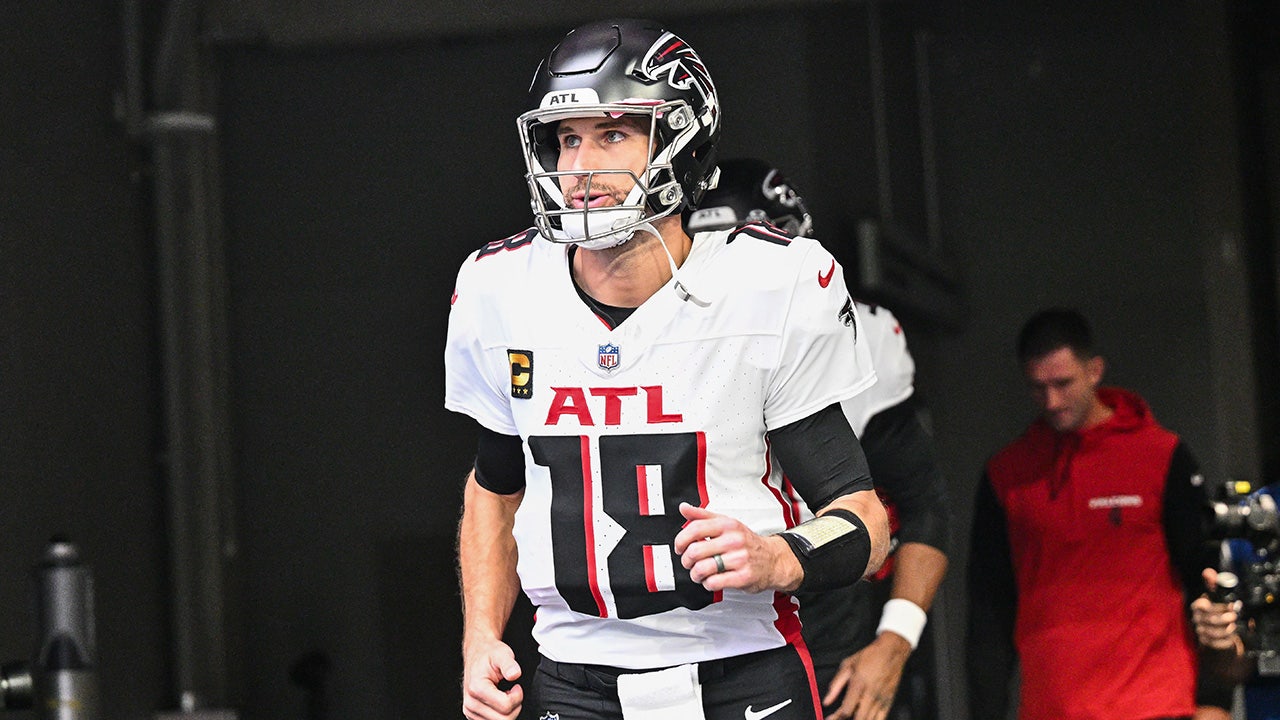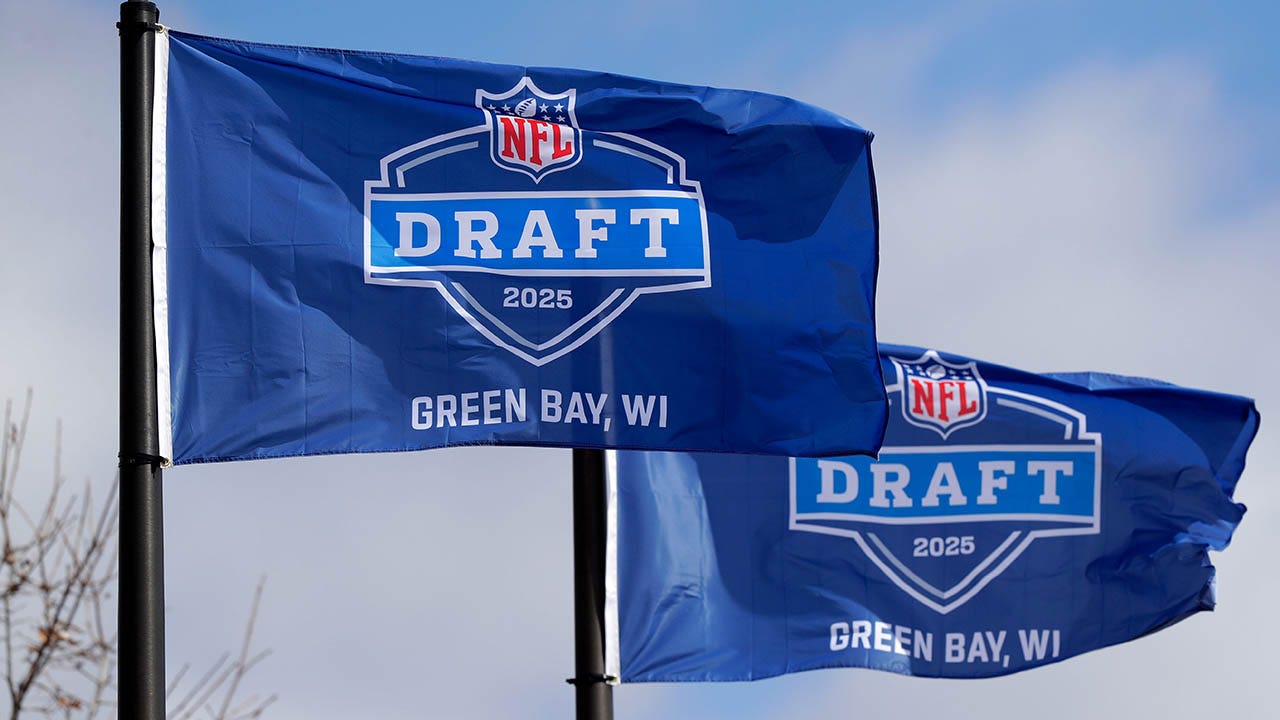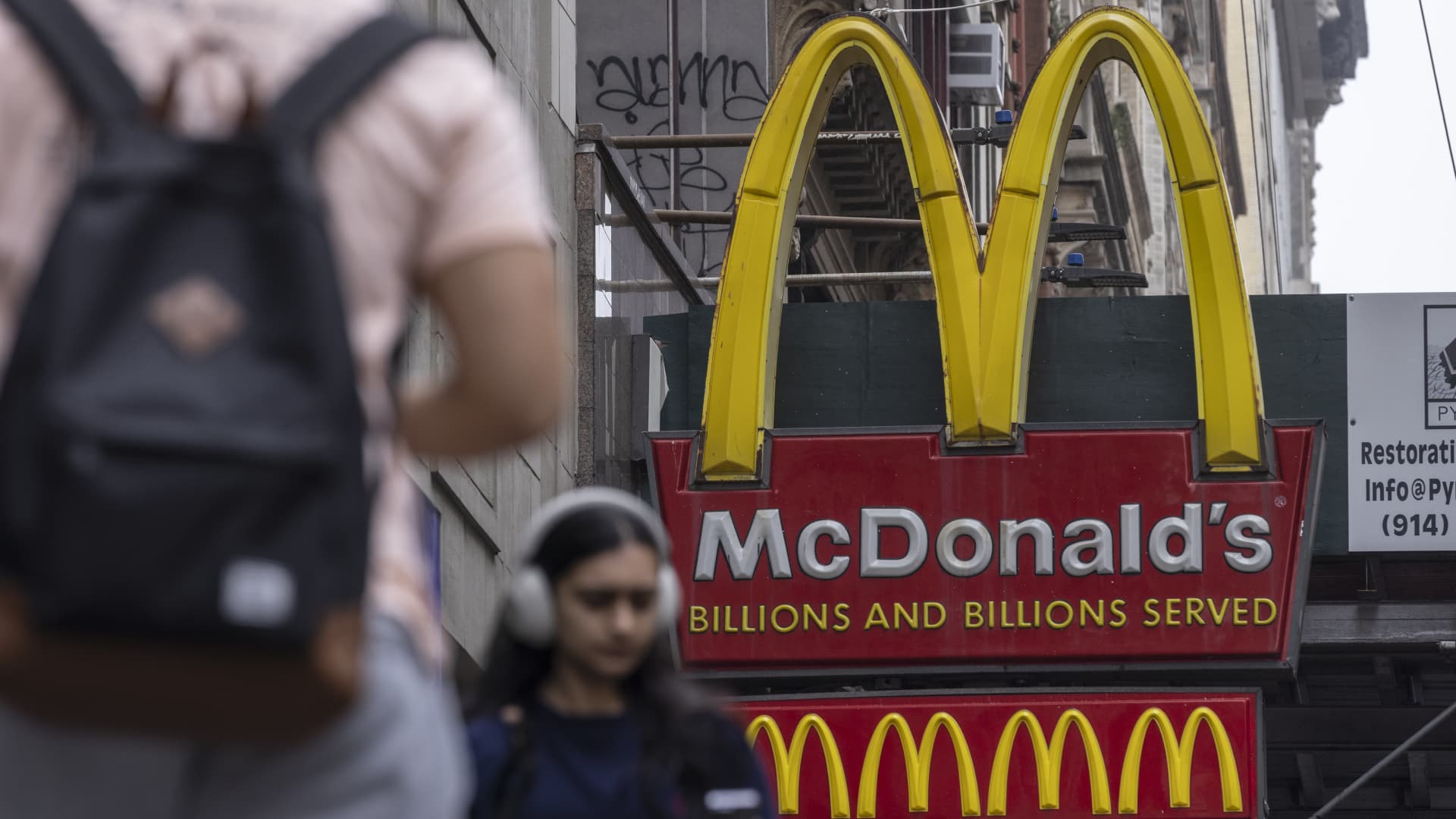Pedestrians carry McDonald’s bags in New York, US, on Wednesday, April 6, 2023.
Victor J. Blue | Bloomberg | Getty Images
As restaurants prepare to present their first-quarter earnings, investors are anticipating strong results.
But the rest of the year may prove bumpier for the sector.
McDonald’s, Chipotle Mexican Grill and Domino’s Pizza will all announce quarterly results next week. The following week, Starbucks, Burger King’s parent company Restaurant Brands International and Taco Bell’s owner Yum Brands are due to report their results.
When restaurants released their fourth-quarter reports in February, many touted impressive sales growth in January. But those results faced easy comparisons to weak sales a year earlier, when Covid omicron outbreaks caused staffing shortages and forced more consumers to stay home.
The industry saw less impressive growth in February and March. Same-store sales rose 6.8% in February and 3.2% in March, compared with January’s increase of 14.1%, according to Black Box Intelligence, which tracks restaurant industry metrics.
Fast-casual and casual-dining restaurants saw the biggest sales declines month over month, according to Bank of America data, based on its customers’ credit and debit card transactions.
While inflation accelerated over the past year, investors worried about consumers’ willingness to spend at restaurants. Some segments, like fast food and coffee shops, usually fare better during tough economic times, because of their relatively cheap prices and perception of being an affordable luxury.
But even as inflation cools, some diners are still pulling back their restaurant spending.
Investors will likely look to April for a better idea of consumer-spending trends, Bank of America Securities analyst Sara Senatore wrote in a research note published Wednesday.
But even if consumers’ buying habits hold steady, restaurants’ same-store sales growth won’t look as impressive for the rest of the year as the comparable numbers from a year ago become harder to top.
The first quarter of this year “is likely the last quarter of outsized pandemic-era comps,” Morgan Stanley analyst Brian Harbour wrote in a note to clients on Monday.
Starting in the second quarter, restaurants will face comparisons to last year’s sales bump driven by double-digit price increases, so they’ll have to depend on higher traffic to drive sales growth. Weak traffic numbers have been an ongoing issue for many restaurants, with some notable exceptions like McDonald’s.
Companies may also hold off on hiking their sales forecasts despite a strong first quarter, given the growing consensus that a recession will occur later in 2023, Stifel analyst Chris O’Cull said in a research note on Friday.
Kevin McCarthy, portfolio manager of Neuberger Berman’s Next Generation Connected Consumer ETF, acknowledged that his outlook on restaurants is more negative than it has been for awhile. He said McDonald’s and Chipotle were two names that can play offense and gain market share, in spite of the tough environment.
The relatively high valuations for restaurant stocks bring a downside for the industry, McCarthy said. McDonald’s, Starbucks, Chipotle, Papa John’s and Yum are all trading at more than 30 times their price-to-earnings ratio, according to Factset data.
“Valuation isn’t cheap anywhere. It’s probably a standard deviation above anything that I would consider to be value. So we’re not value sniffing, and we don’t really have growth,” McCarthy said.
Even strong first-quarter results could weigh on restaurant stocks as a result, especially if executives stick to their conservative forecasts or strike a vague tone on conference calls with analysts.
Morgan Stanley’s Harbour wrote that stocks could fall even on solid results “if the path forward is less clear.”















































